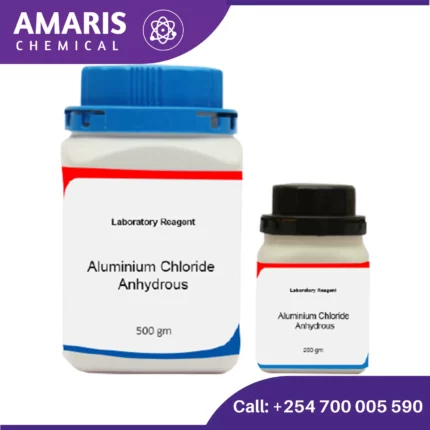

Aluminum Oxide 500 grams
$1,800.00 Original price was: $1,800.00.$1,500.00Current price is: $1,500.00.
Aluminum oxide, often referred to as alumina, is a chemical compound made up of aluminum and oxygen atoms (Al2O3). It occurs naturally in various minerals, including corundum and bauxite. It is one of the most widely used compounds, valued for its hardness, strength, and resistance to abrasion and corrosion.
Uses of Aluminum Oxide
Column Chromatography:
Aluminum oxide is frequently employed as a stationary phase in column chromatography for separating and purifying organic compounds. Its porous structure allows for effective separation based on differences in polarity and size.
Desiccant:
Aluminum oxide is utilized as a desiccant for drying gases and organic solvents in laboratory applications. Its high surface area and adsorption capacity make it effective in removing moisture from the air or solvents.
Support Material:
It serves as a support material for catalysts in various chemical reactions. The high surface area and stability of aluminum oxide make it an ideal substrate for anchoring catalytic species.
Grinding and Polishing:
In material science research and sample preparation, aluminum oxide abrasives are commonly used for grinding and polishing metals, ceramics, and other materials to achieve smooth surfaces for analysis.
Insulating Material:
Due to its excellent dielectric properties, aluminum oxide is used in the production of insulating components for electrical experiments and devices.
Substrate for Thin Films:
Aluminum oxide substrates are utilized for growing thin films of various materials using techniques such as physical vapor deposition (PVD) or chemical vapor deposition (CVD). The substrate’s flat surface and stability provide a suitable platform for controlled film growth.
Laboratory Glassware:
Aluminum oxide is sometimes incorporated into the formulation of laboratory glassware, such as crucibles and dishes, to enhance their durability and resistance to chemical attack.
Electrolysis:
In electrochemistry experiments, aluminum oxide may be employed as an inert electrode material or as a separator in electrolytic cells due to its chemical stability.
You may also like…
Aluminium hydroxide
Aluminium silicate
Aluminium Sulphate powder (Alum)
Aluminum Fine Powder
Aluminum Nitrate 500gm
Aluminum pigment 25kg
Aluminum Sulphate 500gm
Related products
Acetic Acid 2.5litre
Aluminum Hydroxide 250gm
Ammonia Acetate
Properties
- Chemical Formula: NH4C2H3O2
- Molecular Weight: 77.08 g/mol
- Appearance: White, crystalline solid
- Solubility: Highly soluble in water
- Melting Point: Decomposes upon heating


 Emollients
Emollients Humectants
Humectants UV Filters
UV Filters Surfactants (cosmetic)
Surfactants (cosmetic) Preservatives (cosmetic)
Preservatives (cosmetic) Fragrances and Essential Oils
Fragrances and Essential Oils Antioxidants (cosmetics)
Antioxidants (cosmetics)
 Solvents (lab)
Solvents (lab) Chromatography Chemicals
Chromatography Chemicals Microbiology and Cell Culture Reagents
Microbiology and Cell Culture Reagents Biochemical Reagents
Biochemical Reagents Inorganic and Organic Standards
Inorganic and Organic Standards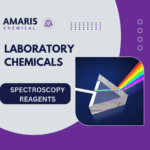 Spectroscopy Reagents
Spectroscopy Reagents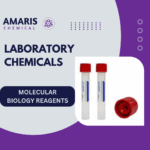 Molecular Biology Reagents
Molecular Biology Reagents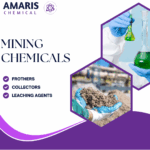
 Precious Metal Extraction Agents
Precious Metal Extraction Agents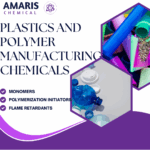
 Plasticizers
Plasticizers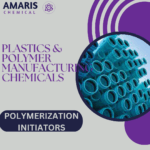 Polymerization Initiators
Polymerization Initiators Stabilizers
Stabilizers Monomers
Monomers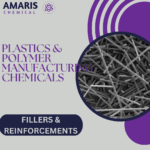 Fillers and Reinforcements
Fillers and Reinforcements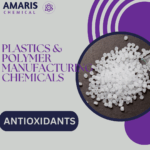 Antioxidants (plastics)
Antioxidants (plastics) Colorants (plastic pigments,Dyes)
Colorants (plastic pigments,Dyes)
 Fertilizers
Fertilizers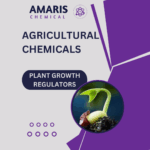 Plant Growth Regulators
Plant Growth Regulators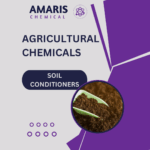 Soil Conditioners
Soil Conditioners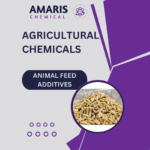 Animal Feed Additives
Animal Feed Additives Biostimulants
Biostimulants
 Dough Conditioners
Dough Conditioners Flour Treatments
Flour Treatments Fat Replacers
Fat Replacers Preservatives (baking)
Preservatives (baking)
 Surfactants (cleaning)
Surfactants (cleaning) Builders
Builders Bleaching Agents
Bleaching Agents Enzymes
Enzymes Solvents (cleaning)
Solvents (cleaning) Fragrances
Fragrances Disinfectant
Disinfectant Metal cleaning
Metal cleaning
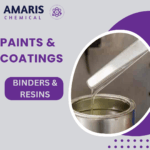 Binders/Resins
Binders/Resins Pigments
Pigments Solvents (paint)
Solvents (paint) Additives
Additives Driers
Driers Anti-Corrosion Agents
Anti-Corrosion Agents Specialty Coatings
Specialty Coatings Functional Coatings
Functional Coatings Application-Specific Coatings
Application-Specific Coatings
 Sealants and Adhesives
Sealants and Adhesives
 Biodegradable Surfactants
Biodegradable Surfactants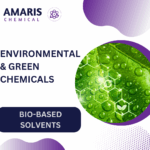 Bio-based Solvents
Bio-based Solvents Renewable Polymers
Renewable Polymers Carbon Capture Chemicals
Carbon Capture Chemicals Wastewater Treatment Chemicals
Wastewater Treatment Chemicals
 Preservatives (food)
Preservatives (food) Flavor Enhancers
Flavor Enhancers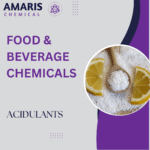 Acidulants
Acidulants Sweeteners
Sweeteners Emulsifiers
Emulsifiers Antioxidants (food)
Antioxidants (food) Colorants (food)
Colorants (food) Nutrient Supplements
Nutrient Supplements Nutraceutical Ingredients
Nutraceutical Ingredients
 Fresh Herbs
Fresh Herbs Whole Spices
Whole Spices Ground Spices
Ground Spices Spice Blends
Spice Blends
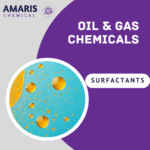 Surfactants(oil)
Surfactants(oil)
 Antibiotics
Antibiotics Active Pharmaceutical Ingredients
Active Pharmaceutical Ingredients Excipients
Excipients Vaccine Adjuvants
Vaccine Adjuvants Nutraceutical Ingredients
Nutraceutical Ingredients Solvents (pharmaceutical)
Solvents (pharmaceutical)
 Automotive chemicals
Automotive chemicals Pyrotechnic Chemicals
Pyrotechnic Chemicals


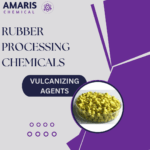 Vulcanizing Agents
Vulcanizing Agents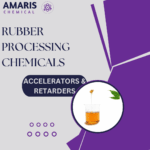 Accelerators & Retarders
Accelerators & Retarders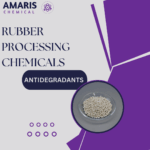 Antidegradants
Antidegradants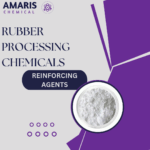 Reinforcing Agents
Reinforcing Agents Plasticizers & Softeners
Plasticizers & Softeners Fillers & Extenders
Fillers & Extenders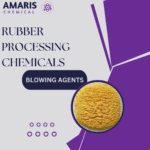 Blowing Agents
Blowing Agents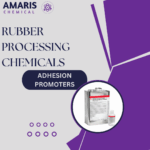 Adhesion Promoters
Adhesion Promoters
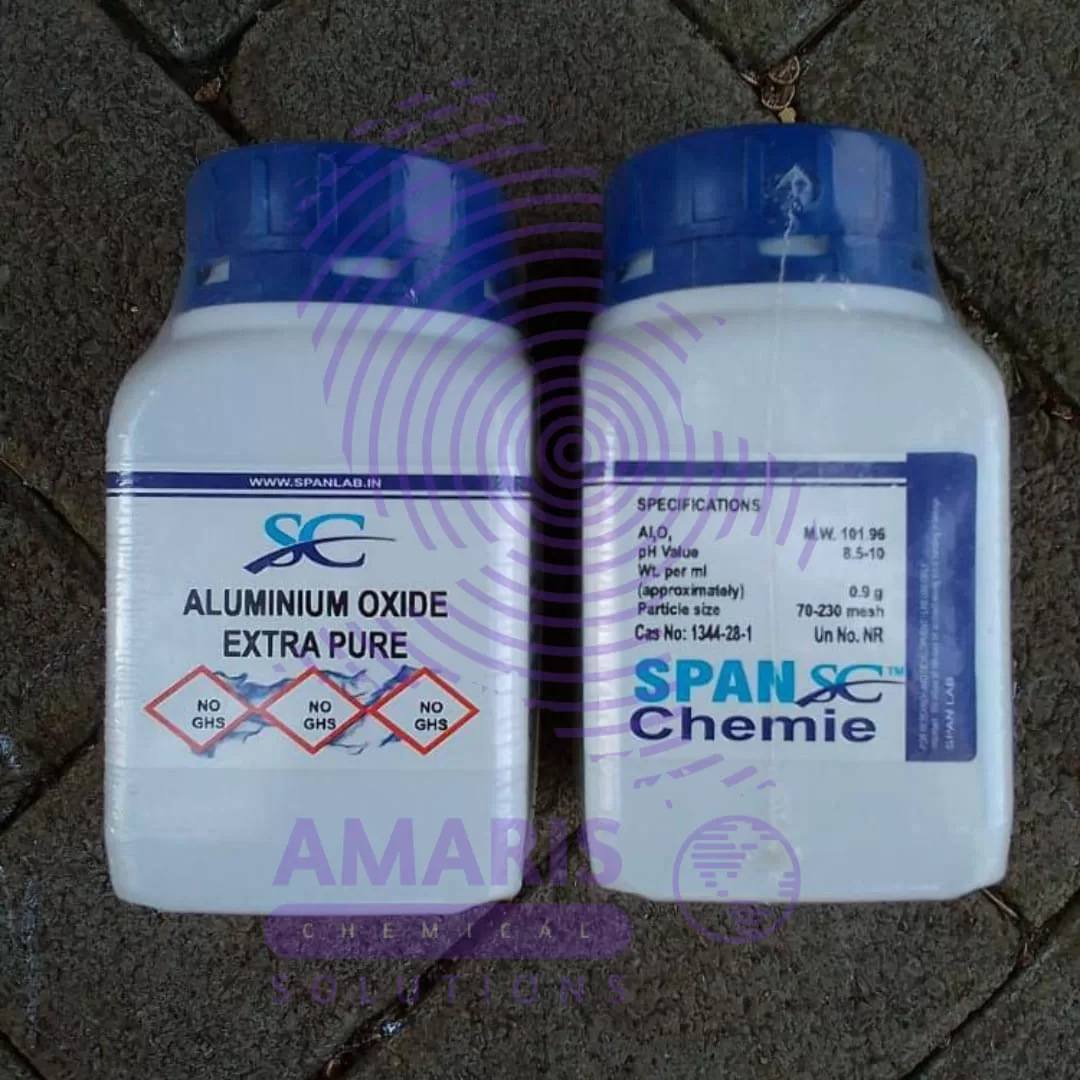
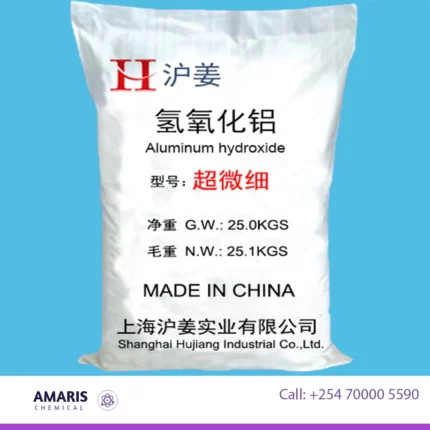
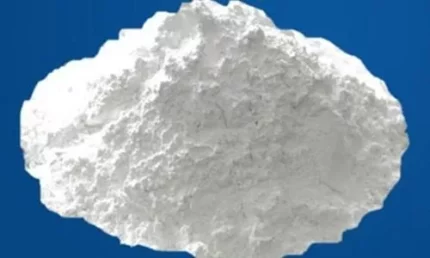
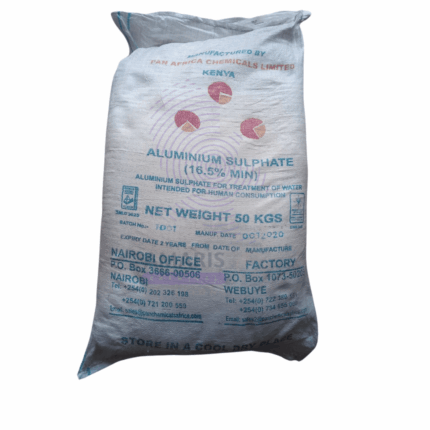
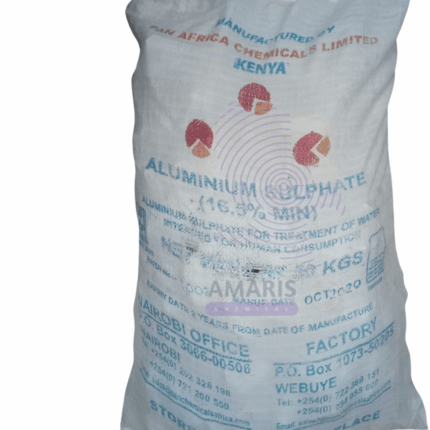

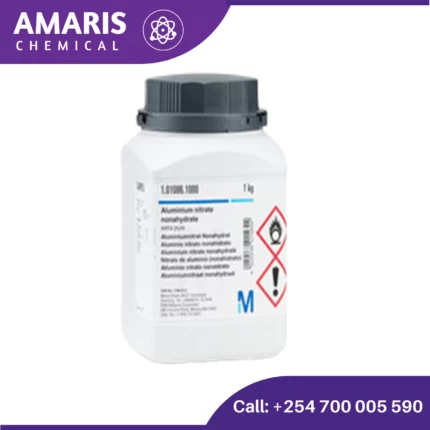
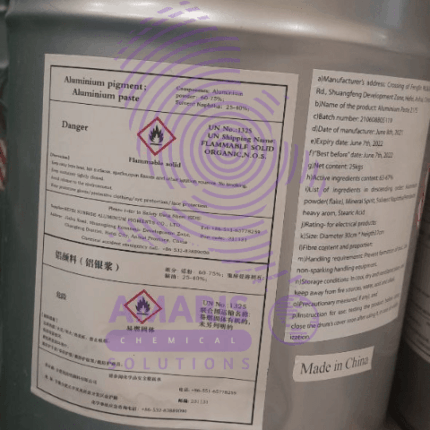
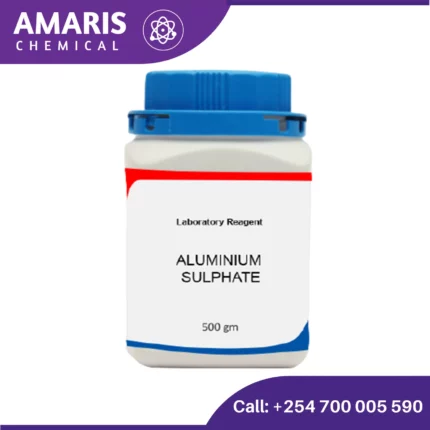
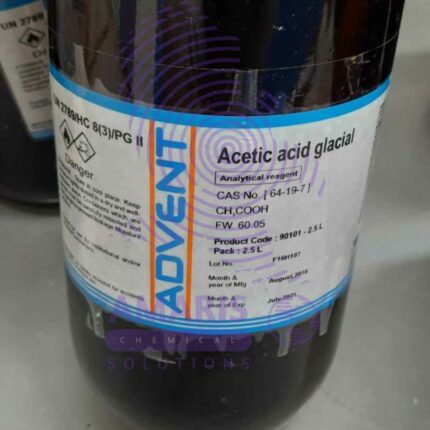
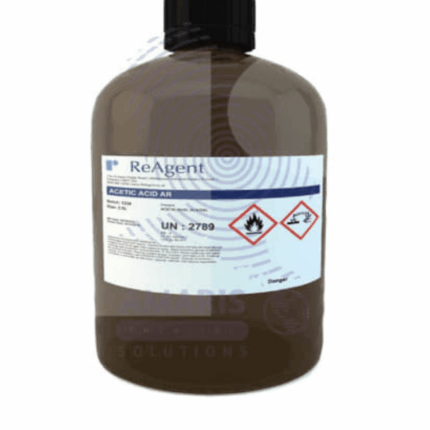
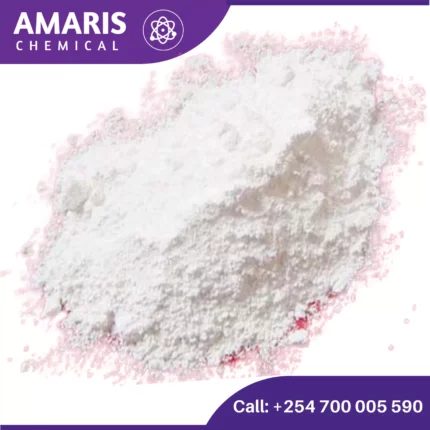
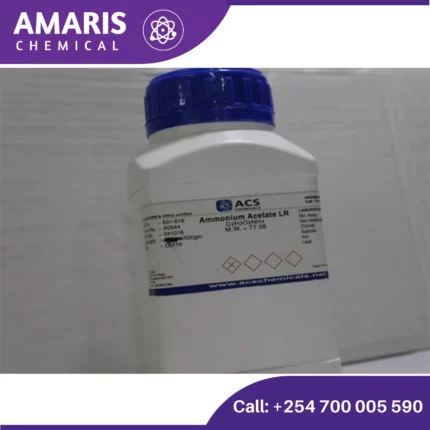

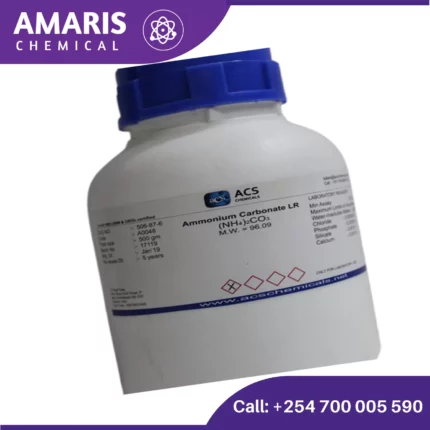
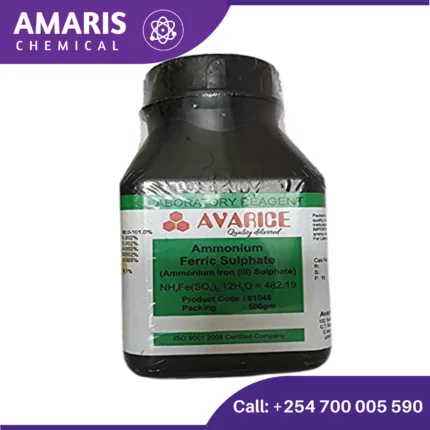
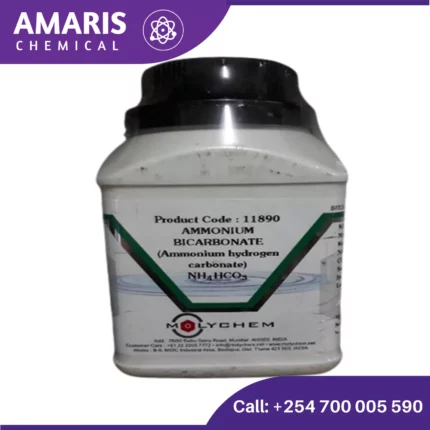
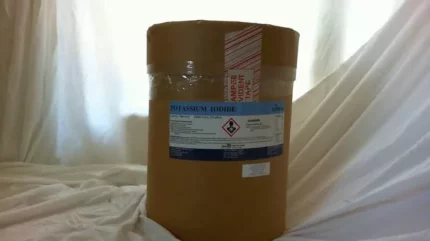







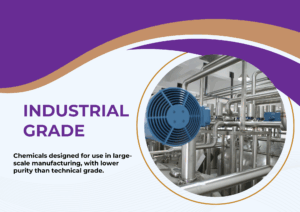
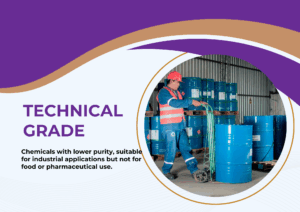




Reviews
There are no reviews yet.